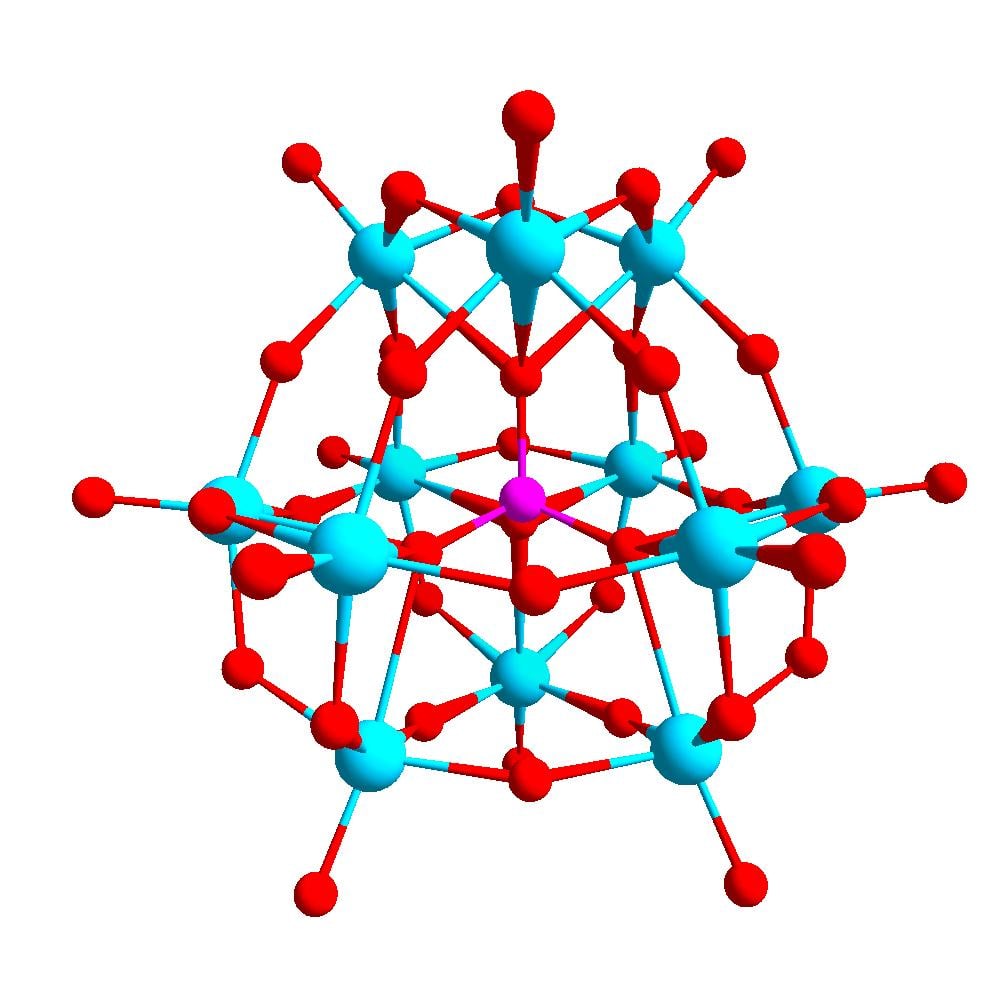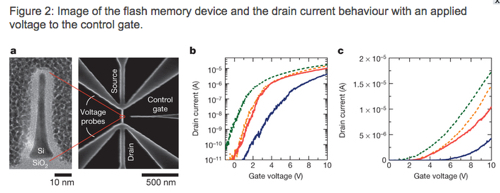This article is more than 1 year old
Glasgow boffins: We can now do it, Captain. We DO have the molecular storage power
Breaking the flash memory limit using, er, POM molecules
If the number of electrons on flash storage is getting too few for reliability then use molecules for bit storage instead, and that's exactly what Glasgow uni boffins have gone and done it.
Smarty-pants at the university Schools of Chemistry and Engineering, working with Rovira i Virgili University, Spain, have created clusters of poly-oxometalate (POM) metal-oxide molecules to store binary values.
Head boffin and Regius Professor of Chemistry at Glasgow, Lee Croni, said in a release: ”We’ve been able to design, synthesise and characterize POM molecules that can trap charge and act as flash RAM, as well as dope of inner core of the clusters with selenium, to create a new type of memory we call ‘write-once-erase’.”
A POM is made from three or more transition metal oxyanions linked by shared oxygen atoms in a closed 3D framework and forming a polyatomic ion.

Poly-oxometalate molecular framework
It’s possible to manufacture POMs using existing semiconductor equipment, making the technology more readily producible.
In a proposal published in the letters section of hefty boffinry journal Nature – titled “Design and fabrication of memory devices based on nanoscale poly-oxometalate clusters” – the team of boffins write:
It is a truism that scaling NAND flash cell geometry below 10nm will result in flash memory that is slow and has a short working life as well as having substantially more unreliability than larger geometries due in some measure to neighbouring cells affecting each others’ charge because there is insufficient insulating material between the cells.

Image from the Nature proposal: a, A cross-sectional transmission electron microscope (TEM) image (left) of the memory device with an SEM image (right) of the ~5-nm Si nanowire channel with side control gate. Measurements of the logarithmic (b) and linear (c) drain currents.
Alternative technologies such as Resistive RAM and Phase Change Memory are being developed as potential follow-on non-volatile memory (NVM) technologies to get over this NAND obstacle and deliver greater capacities and endurance and faster access speeds. Molecular NVM alternatives have foundered because, until now, “they suffer from low electrical conductivity, high resistance, low device yield, and finite thermal stability”.
The Glasgow academics claim that in this paper “we show that core–shell poly-oxometalate (POM) molecules can act as candidate storage nodes for MOS flash memory,” MOS being metal-oxide semiconductor, and “POMs have the potential to be used as a realistic nanoscale flash memory”. ®
